274 Views
The 10 Top Things You Need to Know About Mold in Your Home

by
Wet & Forget
(IC: professional)
No matter where you live, some amount of mold is in the air in your home. And while it’s impossible to completely get rid of mold, the Centers for Disease Control and Prevention (CDC) report that exposure to too much mold is linked to health problems in previously healthy children and adults. Mold also looks disgusting, smells musty, and can ruin many surfaces. Read on for the lowdown on mold and its health effects, how to prevent mold growth, and how to defeat mold with Wet & Forget Indoor Mold+Mildew Disinfectant Cleaner.
How to Prevent Mold Growth
How to Kill Mold
Enjoyed the project?
Published January 27th, 2016 10:54 AM



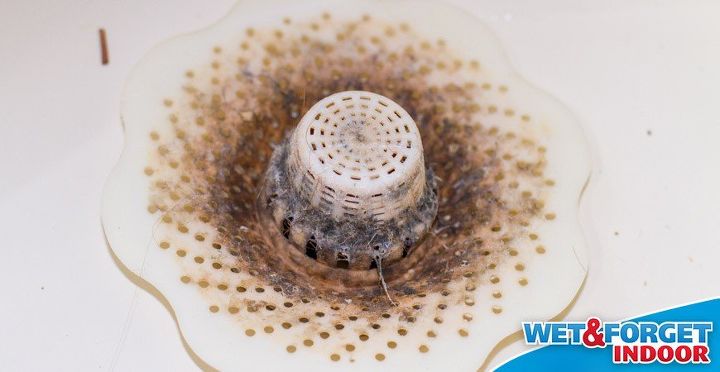


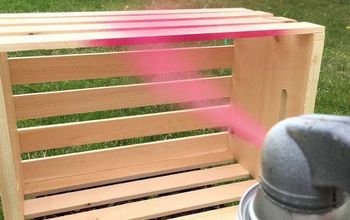



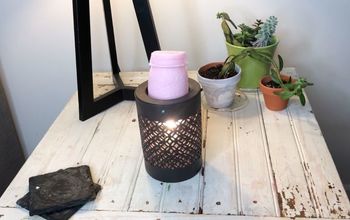
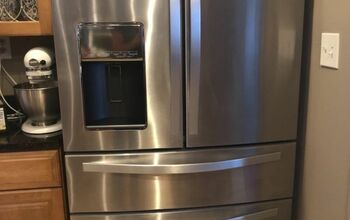
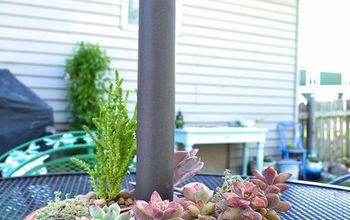



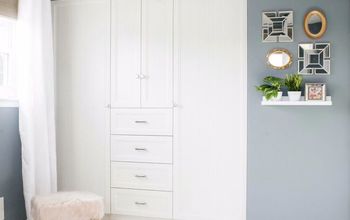




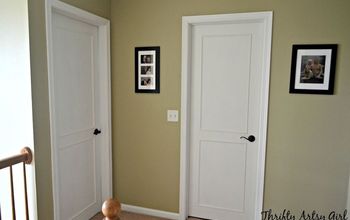
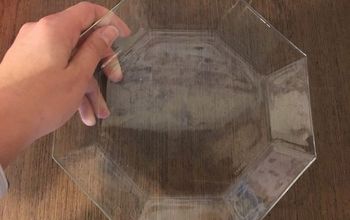
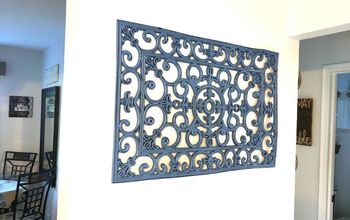


Frequently asked questions
Have a question about this project?